Stainless steel tubing is a versatile material used in various applications, from industrial machinery to household fixtures. Bending stainless steel tubing can be a challenging task, but with the right tools and techniques, it can be accomplished successfully. In this article, we will guide you through the process of bending stainless steel tubing with precision and expertise.
Introduction to Stainless Steel Tubing
Stainless steel tubing is a corrosion-resistant, durable, and low-maintenance material known for its strength and aesthetic appeal. It is commonly used in projects where both form and function are important.
Understanding the Types of Stainless Steel Tubing
Before you begin bending stainless steel tubing, it's crucial to familiarize yourself with the different types of stainless steel available. The choice of material will affect the ease of bending and the final result. Common types of stainless steel pipes can be classified according to ASTM/ASME specifications. Understanding these for stainless steel tubing is crucial when considering bending processes. astm a213 stainless steel tube/asme sa213 tubes, designed for high-temperature applications, require attention to specific grades like TP304, TP316, TP321, and wall thickness. astm a312 stainless steel tube/asme sa312 covers seamless, welded, and cold-worked austenitic steel pipes, with considerations for material grade and seam type influencing bendability. asme sa249/astm a249, focusing on welded tubes for various applications, demands evaluation of material grade, wall thickness, and welding method due to seam presence. Meanwhile, asme sa269/astm a269, addressing seamless and welded tubing for corrosion resistance, mandates scrutiny of material grade, surface finish, and wall thickness to maintain bendability and desired properties. In conclusion, adherence to these specifications ensures optimal bending results and suitability for specific applications.
Tools and Materials You'll Need
To bend stainless steel tubing effectively, you'll need the following tools and materials:
1. Stainless Steel Tubing
Ensure you have the required length and diameter of stainless steel tubing for your project.
2. Tube Bender
Invest in a high-quality tube bender designed specifically for stainless steel. Manual and hydraulic options are available.
3. Tube Cutter
A tube cutter will help you achieve clean, precise cuts before bending.
4. Marking Tools
You'll need a marker or measuring tools to mark the tubing accurately.
5. Safety Gear
Wear safety goggles, gloves, and appropriate clothing to protect yourself during the bending process.
Steps to Bend Stainless Steel Tubing
1. Measure and Mark
Measure the length at which you want to bend the tubing and mark it clearly using your marking tools.
2. Prepare the Tube Bender
Set up the tube bender according to the tubing's diameter and the desired bend angle.
3. Secure the Tubing
Place the stainless steel tubing in the tube bender, ensuring it is secure and properly aligned with the bending die.
4. Begin the Bending Process
Slowly and steadily, begin bending the tubing using the tube bender's handle. Be cautious not to force the bend too quickly to avoid kinking.
5. Check the Bend Angle
Periodically stop and use a protractor or angle measurement tool to ensure you achieve the desired bend angle.
6. Release the Tubing
Once the bend is complete, release the tubing from the bender carefully.
7. Inspect the Bend
Examine the bend for any imperfections or kinks. If necessary, make adjustments using the tube bender.
8. Cut the Tubing
If you need multiple bends or have excess tubing, use a tube cutter to trim it to the desired length.
9. Final Inspection
Thoroughly inspect the tubing to ensure it meets your project's specifications and quality standards.
FAQs
1. Can I bend stainless steel tubing without a tube bender?
While it's possible to bend stainless steel tubing without a tube bender, using a dedicated tool ensures precision and reduces the risk of damaging the tubing.
2. What safety precautions should I take when working with stainless steel tubing?
Always wear safety goggles, gloves, and appropriate clothing to protect yourself from sharp edges and metal shards. Work in a well-ventilated area to avoid inhaling fumes during the bending process.
3. Is stainless steel tubing suitable for outdoor applications?
Yes, stainless steel tubing is corrosion-resistant and can withstand exposure to the elements, making it a great choice for outdoor projects.
4. Can I reuse bent stainless steel tubing?
Bent stainless steel tubing can be reused, but it may require additional bending or cutting to fit different projects.
5. What is the maximum bend angle I can achieve with stainless steel tubing?
The maximum bend angle depends on the tubing's diameter, material type, and the capabilities of your tube bender. It's important to consult the stainless steel tube suppliers' guidelines for precise information on bend angles.

 English
English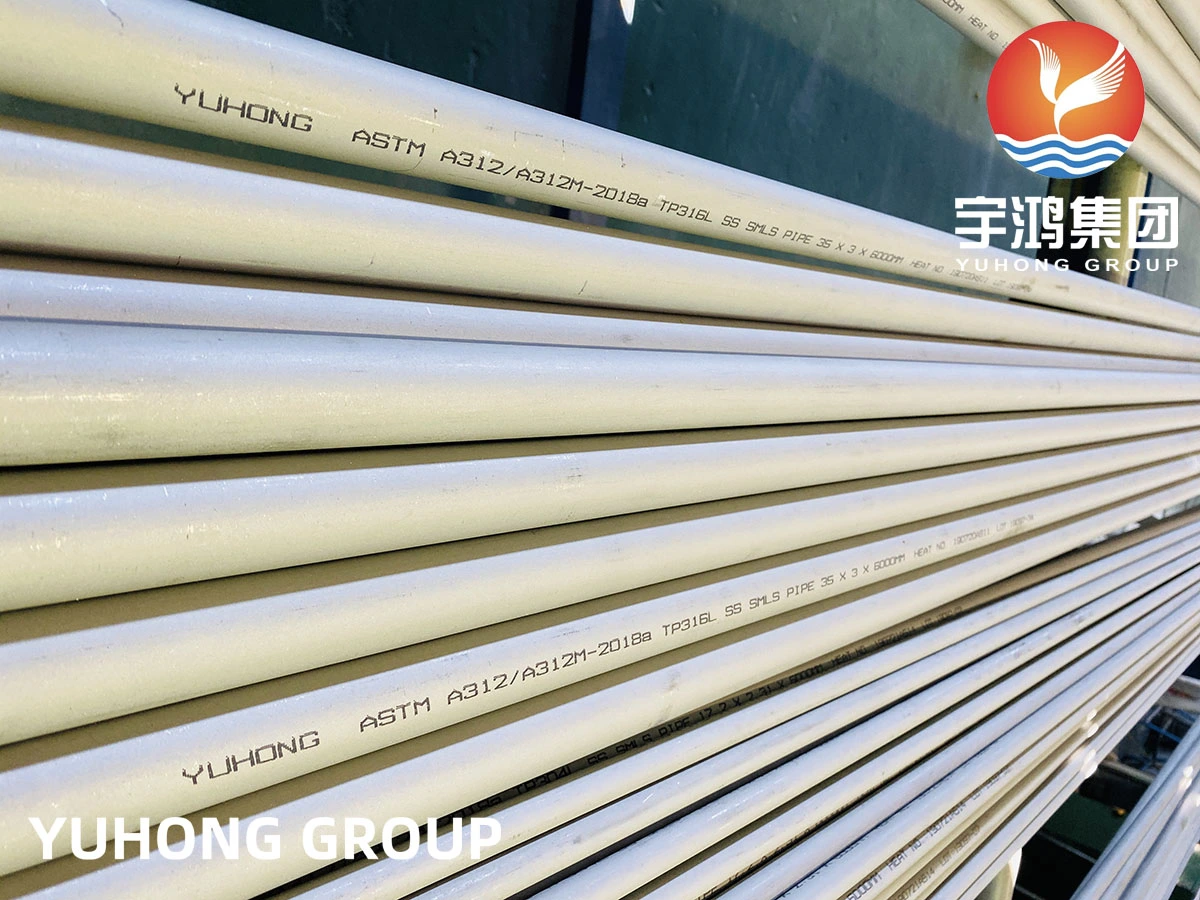
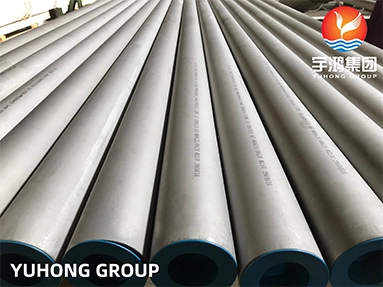
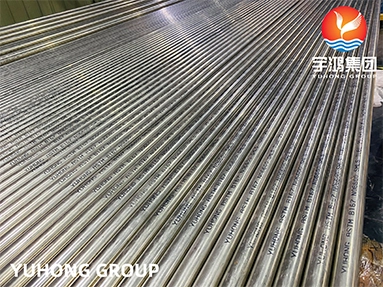
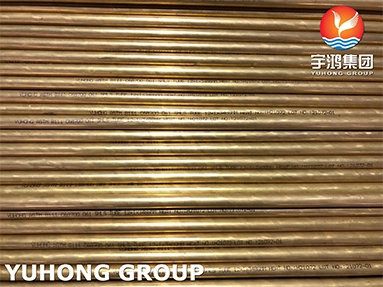
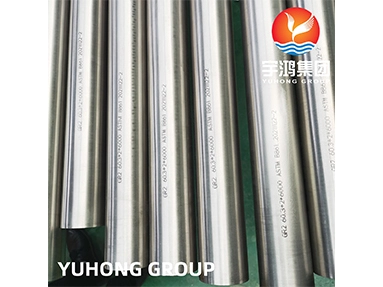
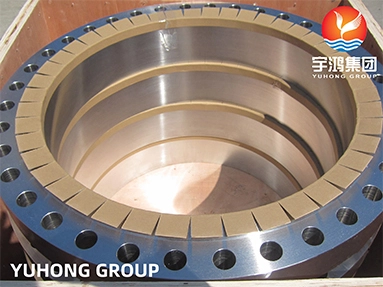
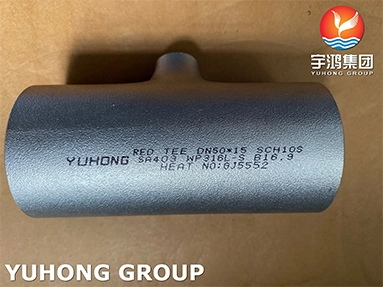
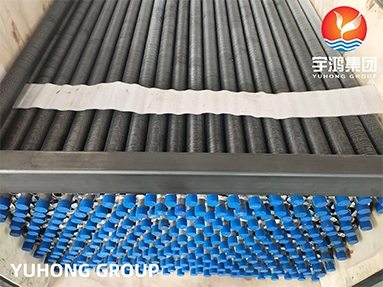
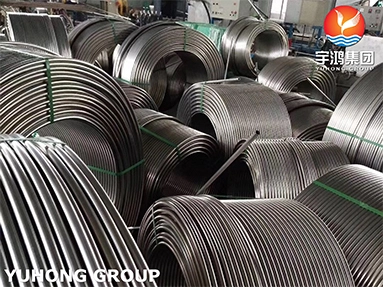


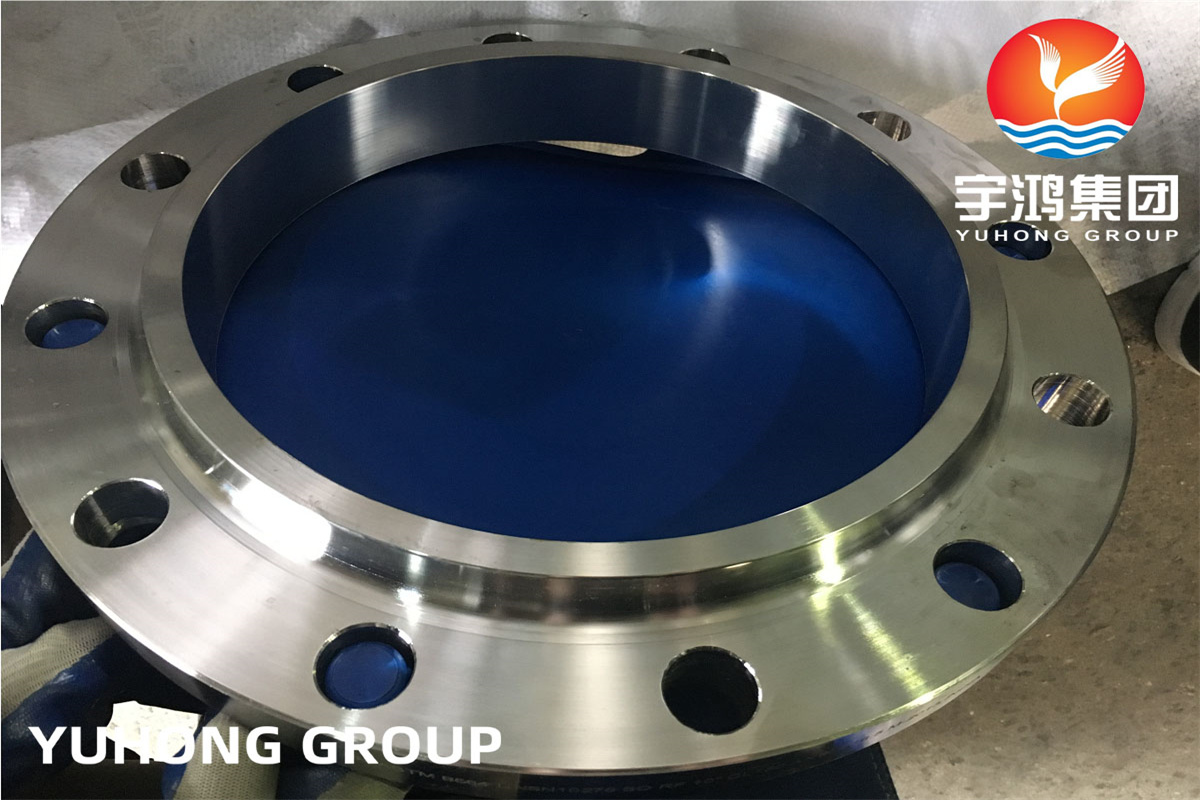
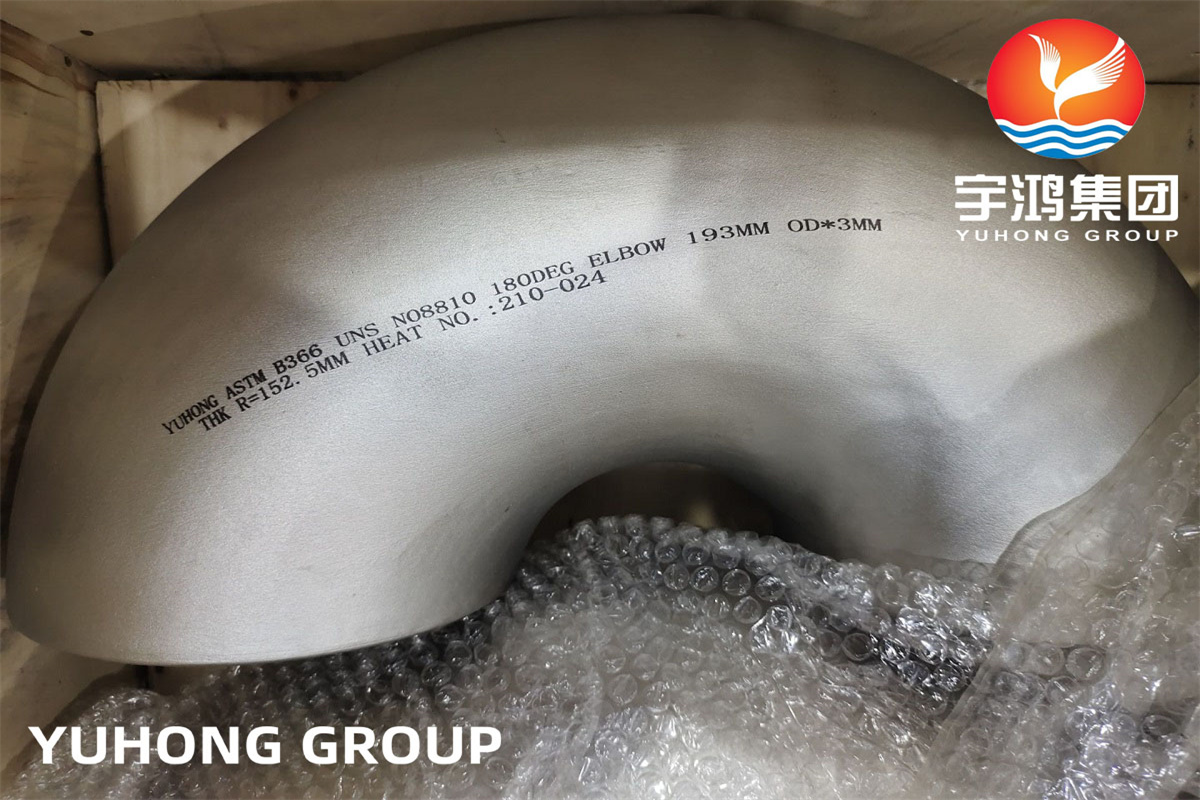
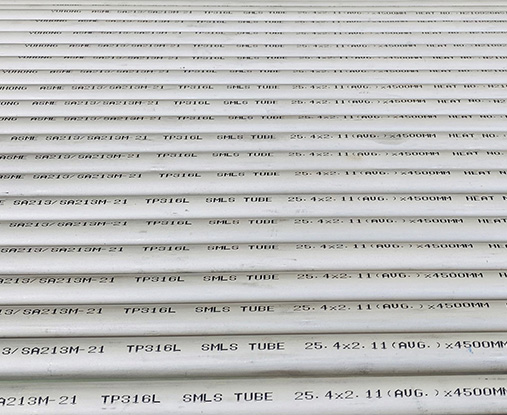

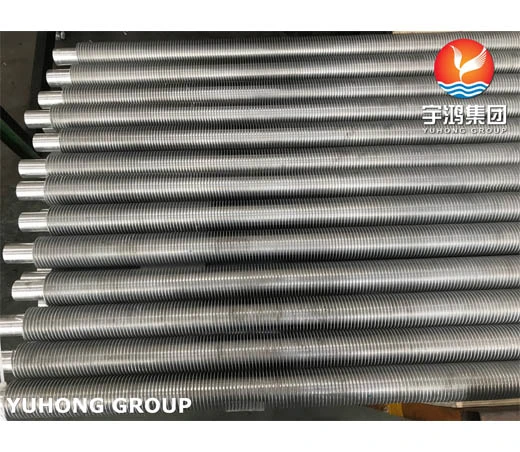
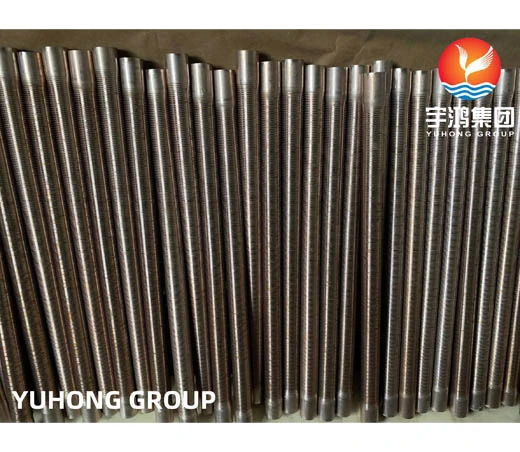
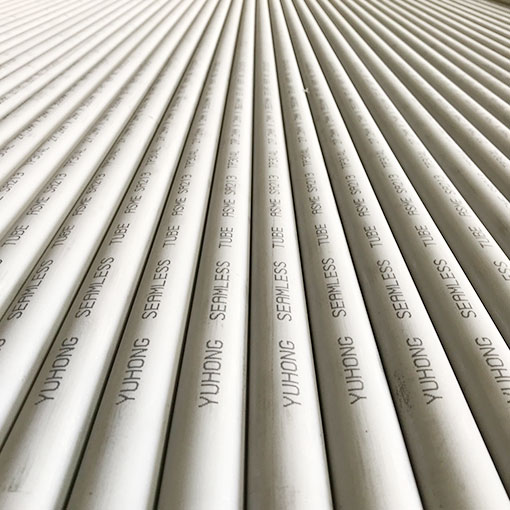
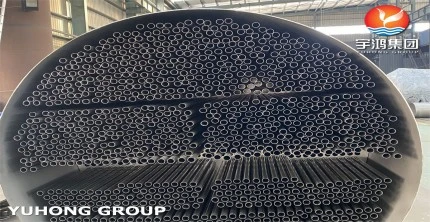

_副本.webp)